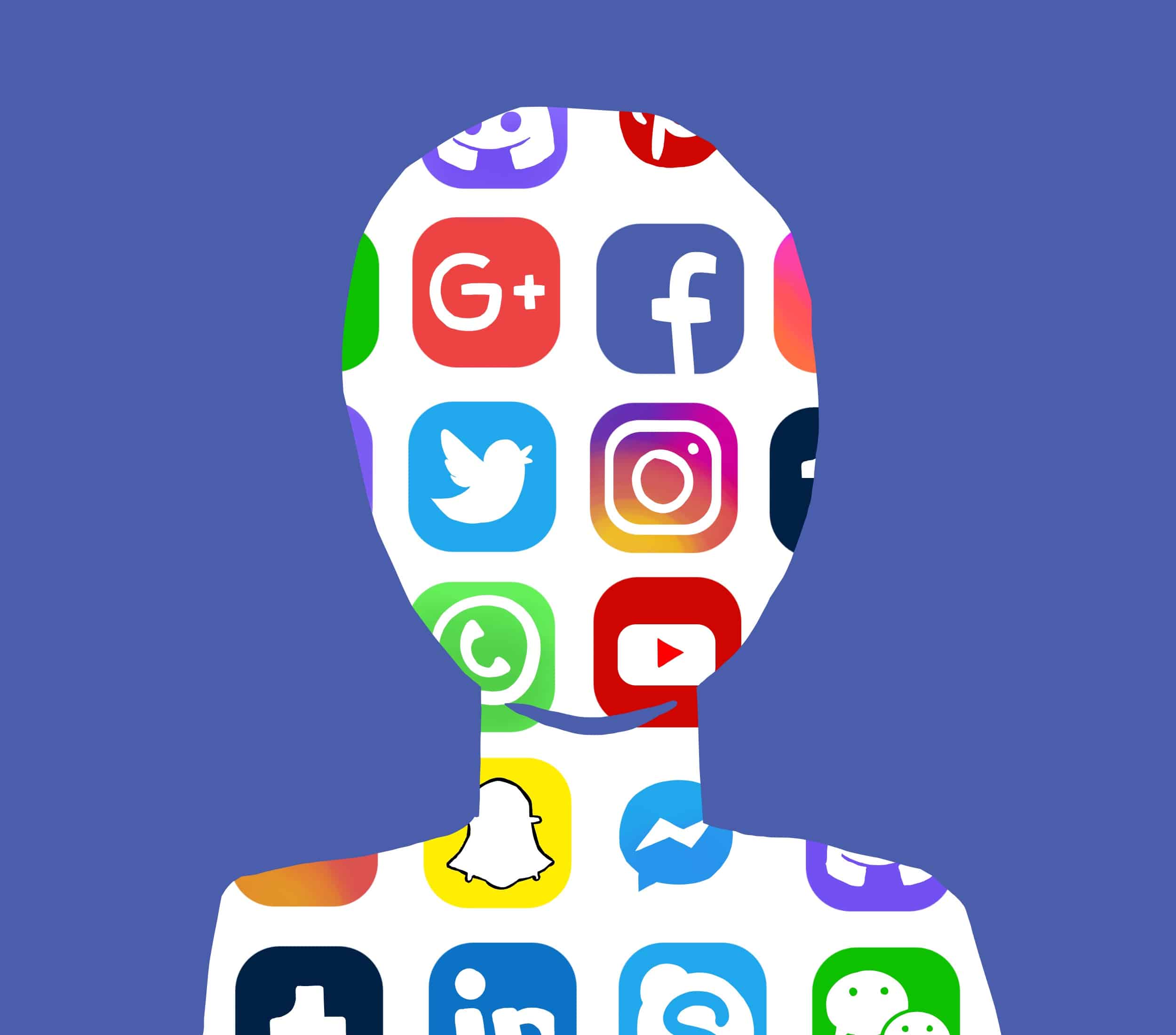Facebook has been going through some stuff recently: alleged election-meddling Russian agents, a leak of 87 million users’ data to Cambridge Analytica, more election-meddling scandals, a $119 billion loss in July, and more.
But even as an increasing number of users try to ditch Facebook’s original platform, the company still has one major thing going for it: Instagram. Facebook bought Instagram for $1 billion in 2012, and its value has since increased to over $100 billion. While Facebook broke records for most money lost in a single day, Instagram reached one billion users in July, up from 800 million just last fall.
These gains aren’t particularly surprising, given that so many of the people I know who use Instagram seem to genuinely enjoy doing so. And that’s what separates Instagram from so many other social media networks that a lot of us still use just because they’re so inconvenient to leave — cough, Facebook, cough.
I have numerous friends who actively espouse their love for Instagram. What’s more, the social network has become a powerful platform for activism — which is more than can be said for most other sites.
In case you couldn’t tell, I generally count myself among the Insta-fans. For me, the appeal initially lay in the artistic aspects. Much as it may inspire some eyerolling from non-believers, I maintain that Instagram is a wonderful creative outlet, even for those of us who don’t typically think of ourselves as artists. As I delved a little deeper, however, I found myself more entranced by the communities that put down roots on Instagram in its early days and have since flourished.
Of these, a personal favourite is Body Positivity (BoPo), a movement largely centred on sharing images of bodies that do not conform to societal ideals. Largely targeting people in recovery from disordered eating, BoPo is pretty niche, but the most popular accounts, including Tess Holliday’s and Megan Jayne Crabbe’s, have amassed over a million followers each.
A recent op-ed in The New York Times also detailed the utility of Instagram for finding self-representation as an ethnic minority, in this case as an Afro-Latina, when representation in mainstream media remains elusive. These groups, which are easily discoverable through tags, give millions of people the chance to see other people who look like them and have been through the same experiences as them.
For many of these communities, Instagram is a natural fit. For one, putting imagery front and centre lends itself well to groups seeking to normalize certain aspects of the physical self, be it body mass, disability, or race. Just as importantly, Instagram has traditionally served a different social function than its competitors: it is less of a hub to connect with friends and family and more of a place to explore photography, art, and other content that interests you.
Now that Instagram is on its way to being the “next Facebook,” however, there’s a chance that a lot could change. The recent uptick in new monthly users — while Snapchat, Facebook, and Twitter have all reported a slowdown — reflects an intensified, systematic effort by its owners to make sure that the social media network is constantly improving, which is admittedly a strategy first adopted by Facebook.
However, one consequence of many recent changes is that Instagram really is starting to feel more like Facebook; the creative side has been downplayed and the social side emphasized. You’re not posting that vacation photo because it’s pretty; you’re posting it because you want your followers to see how pretty your vacation was.
The other problem with this ethos, naturally, is money. When Facebook says it wants to make Instagram “better,” they don’t mean by making it more enjoyable or beneficial to the user; it means bringing in more eyeballs to look at more ads.
If indeed Facebook is losing steam, then Instagram will inevitably need to be retooled, given that, in its current state, it is not particularly profitable. That means prioritizing advertisers and sponsored content over the user experience.
Exhibit A: A healthy dose of ads for weight loss programs, mixed into my Body Positive feed. The algorithm doesn’t care about safe space, and if Instagram is no longer a safe space, then it will no longer be the place to grow a community.
Obviously, I can’t knock Facebook for wanting to profit off of its $1 billion acquisition. But, if Instagram goes the way of Facebook and is transmogrified from a friendly, artistic space into one that is shaped solely by the single-minded aims of Silicon Valley, I truly think that it would be a loss. I can only hope that the folks at the helm understand the reasons why Instagram is so loved right now.


